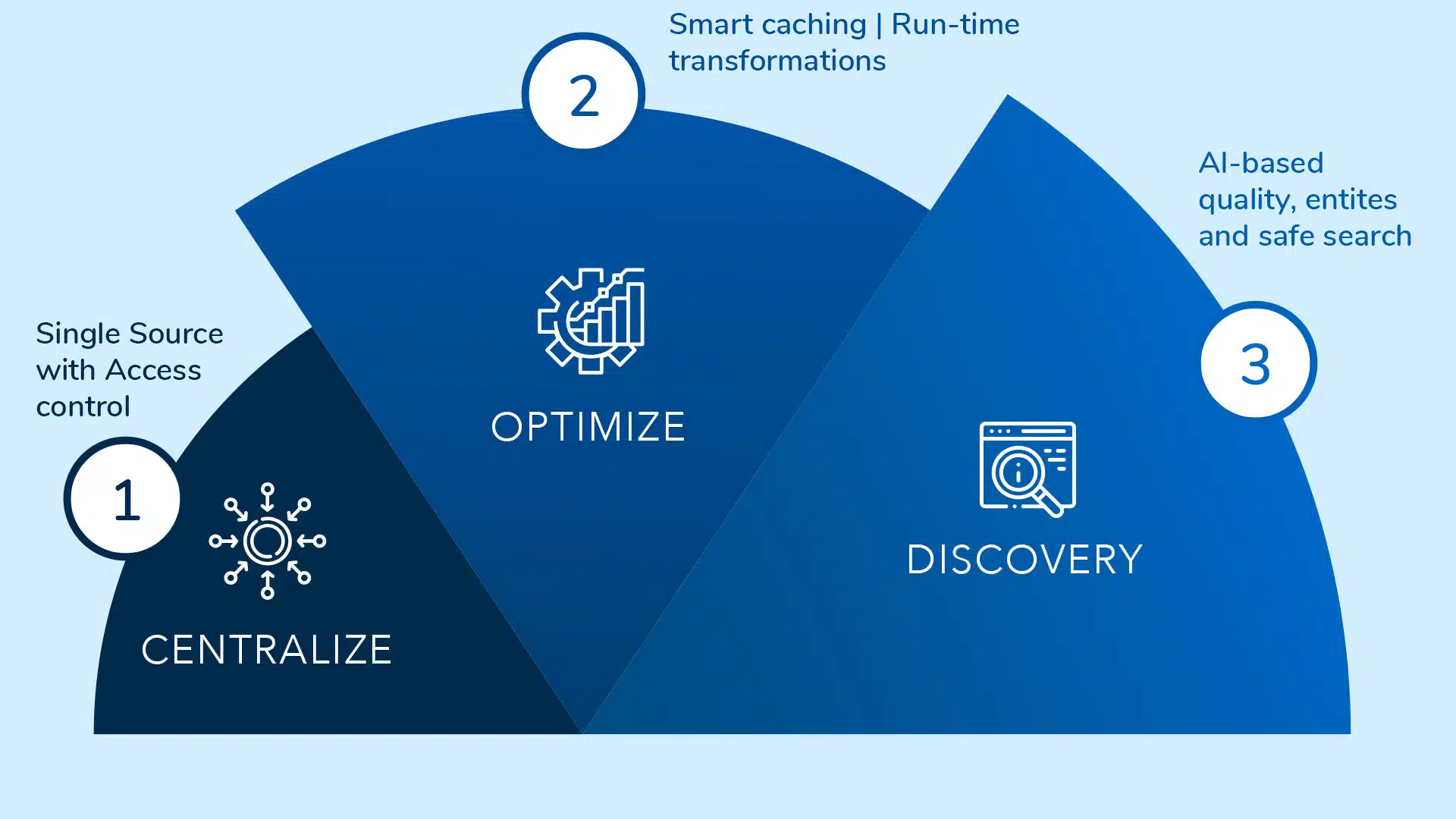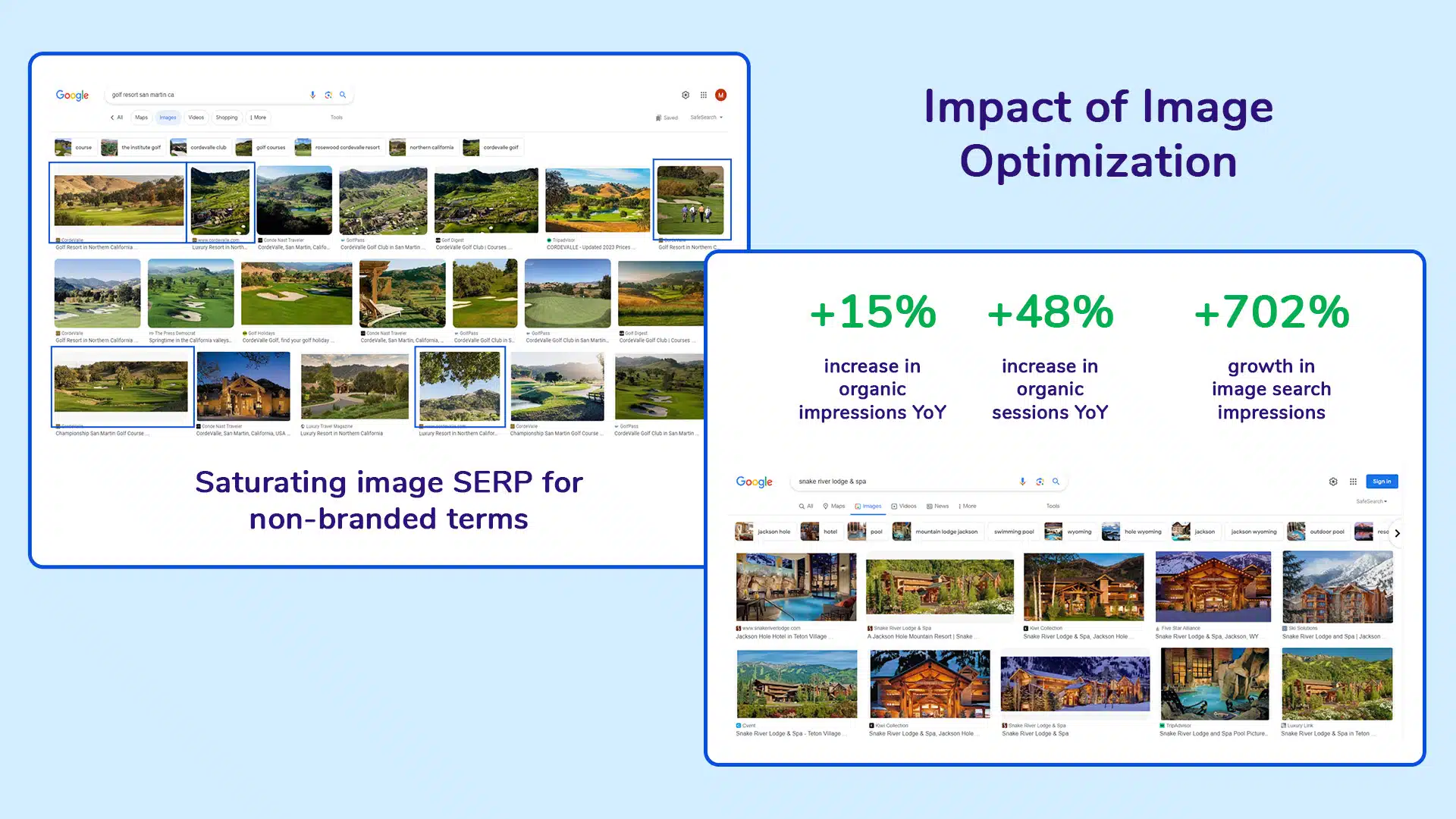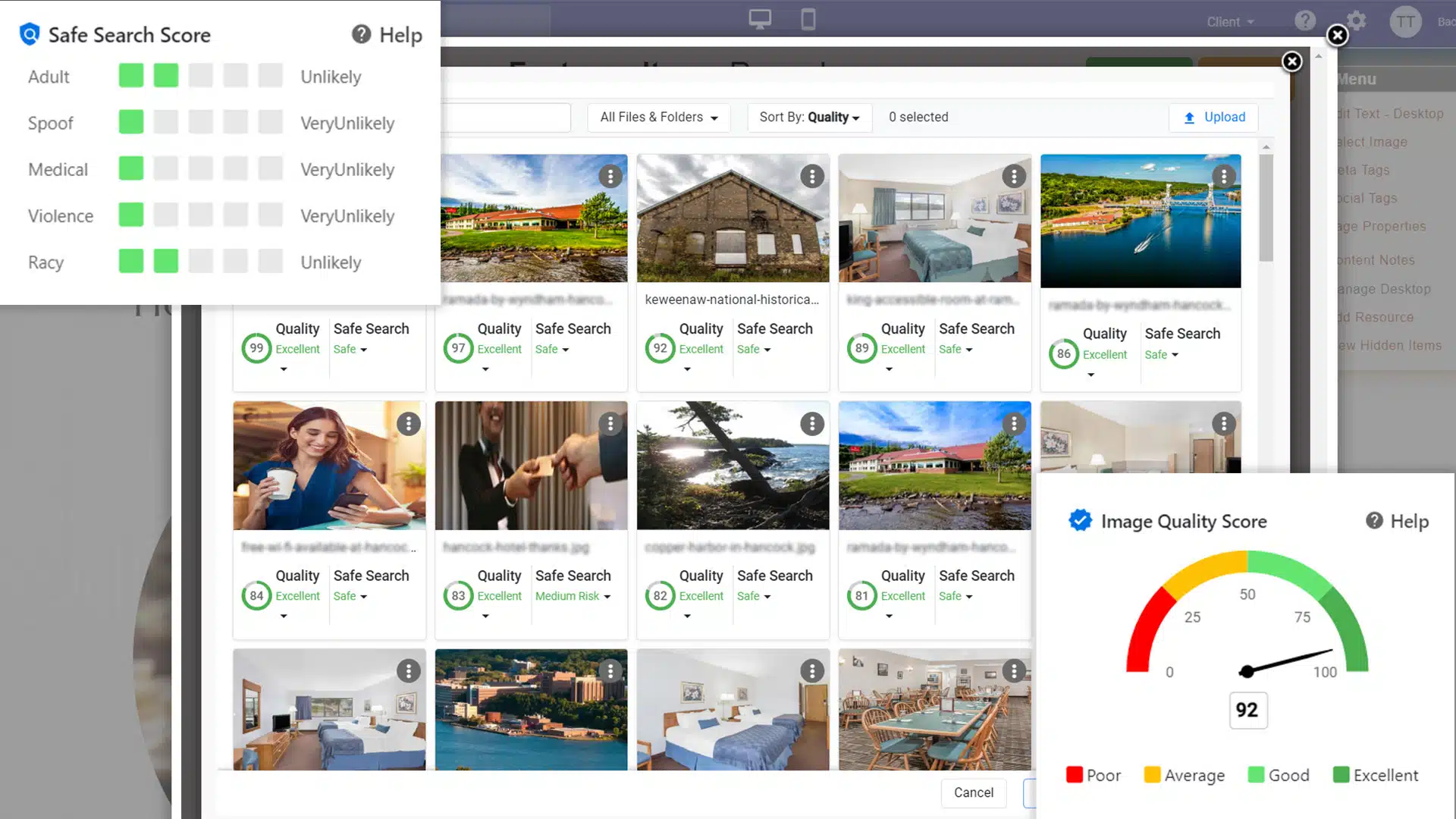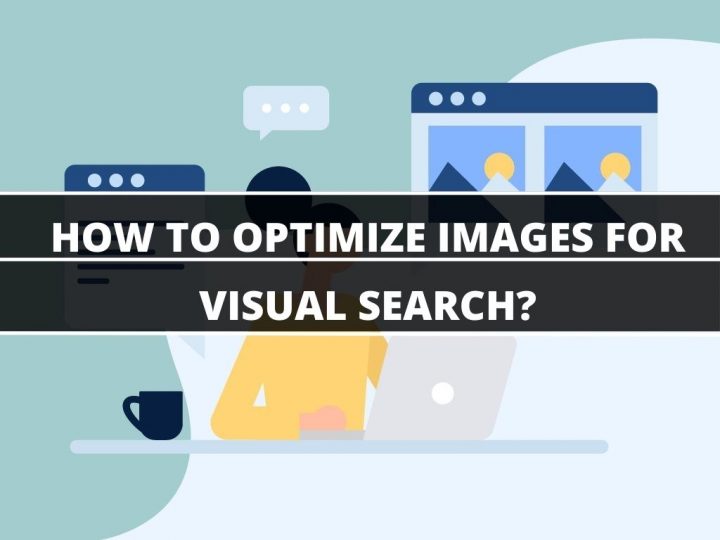To adapt SEO for voice, visual, and conversational AI search interfaces, businesses must shift from traditional keyword strategies to optimizing for natural, conversational language, multimodal content, and AI-driven user intent.
Key adaptations include:
-
Voice Search SEO: Focus on conversational, long-tail, question-based keywords that mimic how people speak rather than type. Create FAQ pages with concise, direct answers (30–50 words) structured with clear headings to target featured snippets and voice queries. Optimize for local SEO since many voice searches have local intent. Ensure fast-loading, mobile-friendly websites as mobile-first indexing impacts voice search rankings.
-
Visual Search Optimization: With the rise of smart displays and multimodal searches (voice plus visual), integrate optimized images, videos, and infographics that align with voice queries. Use descriptive alt text, structured data, and schema markup to help AI understand visual content contextually.
-
Conversational AI Search: Adapt content to align with AI assistants’ natural language processing (NLP) capabilities by using natural, user-intent-focused language and dynamic content that can personalize responses based on user context and preferences. Employ AI tools to generate and refine long-tail keywords and audit content for voice and conversational search optimization, but maintain human oversight to ensure quality and natural tone.
-
Technical SEO Enhancements: Implement speakable schema markup, optimize for featured snippets (position zero), and ensure site speed and mobile responsiveness. Conduct voice search SEO audits by testing queries on multiple devices and analyzing competitors to identify gaps and opportunities.
-
Personalization and Multilingual Support: Use analytics and cookies to deliver personalized, context-aware content for returning users. Optimize for multilingual SEO to reach global audiences as voice assistants become more language-capable.
In summary, adapting SEO for these AI-driven interfaces requires a holistic approach that combines conversational keyword strategies, rich multimodal content, technical schema implementation, and user-centric personalization to meet evolving search behaviors and AI capabilities in 2025 and beyond.





